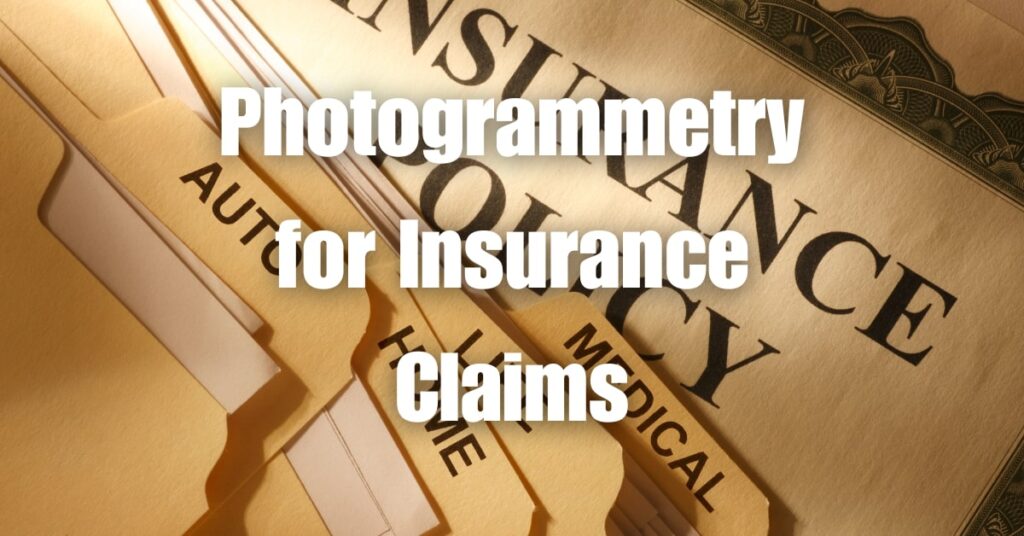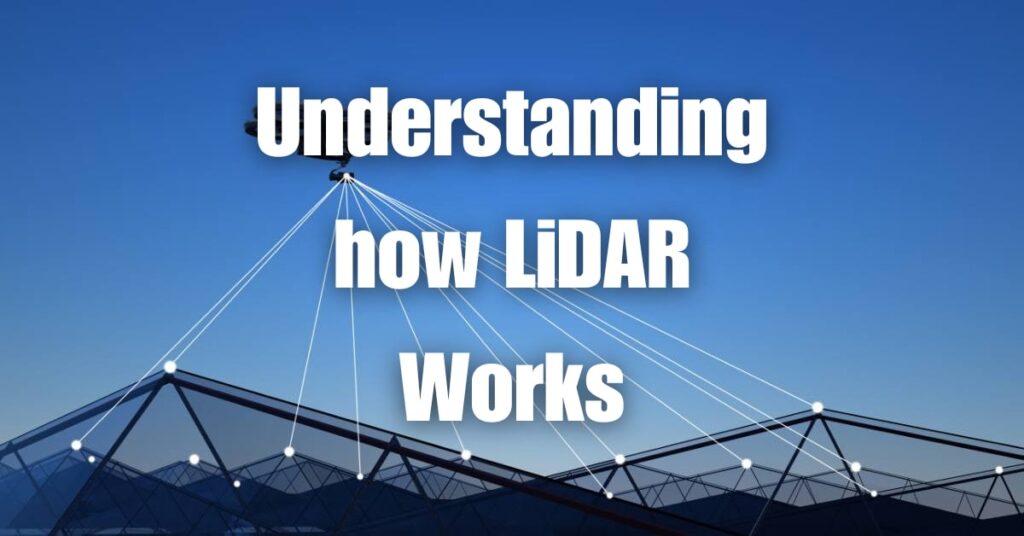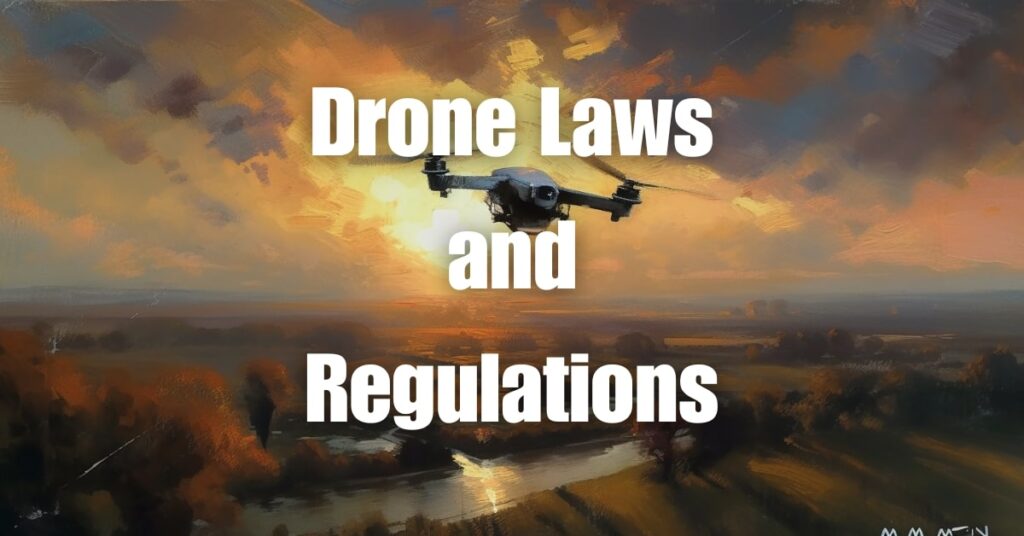In the fast-paced world of insurance claims, accuracy and speed are crucial factors in providing satisfactory customer experiences. Photogrammetry for insurance claims has revolutionized the industry by delivering both of these elements with unprecedented efficiency. Drone technology, in particular, has elevated photogrammetry to new heights, making claim assessments safer, faster, and more reliable than ever before.
What is Photogrammetry?
Photogrammetry is a technique used to gather accurate measurements and create three-dimensional (3D) models of objects or environments by analyzing and processing photographs. This method relies on overlapping images taken from different perspectives, allowing the extraction of precise spatial information. The science behind photogrammetry combines elements of geometry, mathematics, and computer vision to analyze and process the images into detailed and accurate 3D models.
How is Photogrammetry Used in Insurance Claims?
Photogrammetry has become increasingly popular in the insurance industry due to its ability to streamline the claims process and provide accurate assessments of damage. Here are some ways in which photogrammetry is used in insurance claims:
Damage Assessment: Insurers use photogrammetry to assess property damage after incidents such as storms, fires, and floods. High-resolution images captured by drones allow adjusters to measure and analyze damages remotely, reducing the need for time-consuming site visits.
3D Modeling: Photogrammetry enables the creation of 3D models of structures, vehicles, or other objects involved in an insurance claim. These models provide a comprehensive visual representation of the damage, assisting in the evaluation and estimation of repair costs.
Documentation: Photogrammetry serves as a valuable tool for documenting the extent and nature of damages. Insurers can maintain detailed records of property conditions before and after an incident, which can be beneficial in resolving disputes or processing future claims.
Fraud Prevention: By comparing pre- and post-incident images, photogrammetry helps identify inconsistencies or discrepancies in claims, potentially uncovering fraudulent activities.
Risk Assessment: Insurers can use photogrammetry to assess potential risks and vulnerabilities in properties or other assets, aiding in underwriting decisions and premium calculations.
Overall, photogrammetry has significantly improved the insurance claims process by offering a more efficient, accurate, and cost-effective means of gathering data and assessing damages.
The Role of Drones in Photogrammetry
Drones, also known as unmanned aerial vehicles (UAVs), have emerged as a game-changing tool for photogrammetry. Equipped with high-resolution cameras, drones can quickly capture a large number of images from various angles and altitudes. This capability has proven to be highly beneficial in the insurance industry, as drones can access hard-to-reach or hazardous areas that might be challenging or unsafe for human inspectors. Some of the key advantages of using drones for photogrammetry include:
Improved Data Collection: Drones can collect high-quality images and videos with minimal distortion, providing insurance adjusters with accurate and reliable information for damage assessments.
Time Efficiency: Drones can cover large areas quickly and efficiently, reducing the time required for data collection and enabling faster processing of insurance claims.
Cost Savings: Using drones for photogrammetry can lower the costs associated with traditional on-site inspections, such as travel expenses, labor costs, and equipment rentals.
Safety: Drones can safely navigate hazardous or difficult-to-reach areas, minimizing the risks associated with manual inspections and keeping adjusters out of harm’s way.
Drone-Based Inspections for Insurance Claims
Drone-based inspections have become a popular choice for insurance companies looking to streamline their claims process. Utilizing drones in combination with photogrammetry techniques allows insurers to obtain accurate and comprehensive data on property damage. Here are some of the key applications of drone-based inspections in insurance claims:
Roof Inspections: Drones can capture high-resolution images of rooftops, enabling accurate assessments of damage caused by weather events or other incidents. This method is particularly useful for multi-story buildings or structures with steep or complex roofs.
Natural Disaster Assessments: In the aftermath of natural disasters such as hurricanes, floods, or wildfires, drones can quickly survey affected areas, providing valuable information on the extent of damage and helping insurers prioritize claims.
Property Surveys: Drones can be used to conduct comprehensive property surveys, capturing detailed images of building exteriors, surrounding landscapes, and other relevant features. These surveys can be useful for underwriting purposes and in the event of future claims.
Infrastructure Inspections: Drones can inspect bridges, dams, and other critical infrastructure for signs of damage or wear, helping insurers evaluate potential risks and assess repair costs.
By leveraging the power of drone technology, insurance companies can significantly enhance the speed, accuracy, and safety of their claims assessments.
Equipment Needed for Photogrammetry in Insurance Claims
To carry out photogrammetry for insurance claims effectively, it’s essential to have the right equipment. This section will discuss the critical components required for successful drone-based photogrammetry in the insurance industry.
Drone: A high-quality drone with a stable flight system is crucial for capturing clear and accurate images. Drones with GPS capabilities and advanced stabilization features will ensure precise positioning and smooth flight, even in challenging weather conditions.
Camera: A high-resolution camera with a wide dynamic range is necessary to capture detailed images for accurate photogrammetry. Some drones come with built-in cameras specifically designed for aerial photography, while others allow for the attachment of professional-grade cameras.
Gimbal: A gimbal is a device that stabilizes the camera while the drone is in motion, ensuring sharp images and minimizing the effects of vibration or movement. Many drones feature integrated gimbals, while others may require the addition of a compatible gimbal.
Software: Specialized photogrammetry software is required to process and analyze the images captured by the drone. This software typically includes tools for image stitching, point cloud generation, and 3D model creation. Many software options are available, ranging from open-source solutions to advanced commercial platforms.
Accessories: Additional accessories, such as extra batteries, memory cards, and protective cases, can enhance the efficiency and reliability of your drone-based photogrammetry setup.
The Traditional Approach to Insurance Claims: Limitations and Inefficiencies
The conventional method of handling insurance claims typically involves adjusters conducting on-site inspections to assess damages and determine the costs of repairs. While this approach has been the industry standard for many years, it has several limitations and inefficiencies:
Time-Consuming: Traditional claims assessments can be slow, as adjusters must physically visit each site and spend considerable time collecting data, measuring damages, and documenting their findings.
Labor-Intensive: Manual inspections require a significant amount of labor, often necessitating multiple adjusters to cover large areas or complex claims.
Costly: The traditional claims process can be expensive, with costs associated with travel, accommodations, and other logistics for adjusters.
Safety Concerns: Manual inspections can expose adjusters to potential hazards, such as unstable structures, hazardous materials, or difficult-to-access areas.
Inaccuracies: Human error and limitations in data collection tools can result in inaccuracies in damage assessments, leading to potential disputes or incorrect claim payouts.
The introduction of drone-based photogrammetry has addressed many of these challenges, offering a more efficient, accurate, and cost-effective alternative to traditional insurance claims assessments.
The Benefits of Drone Photogrammetry for Insurance Claims
Drone photogrammetry has brought significant benefits to the insurance industry, transforming the claims process and offering numerous advantages over traditional assessment methods. Here are some of the key benefits of using drone photogrammetry for insurance claims:
Speed: Drones can rapidly cover large areas and collect high-resolution images, enabling faster damage assessments and claims processing. This increased efficiency helps insurers provide better customer service and reduces the time policyholders must wait for claim resolution.
Accuracy: Drone photogrammetry generates precise measurements and 3D models, allowing for more accurate damage assessments and repair cost estimates. This improved accuracy can lead to fewer disputes and a smoother claims process for both insurers and policyholders.
Cost-Effectiveness: By reducing the need for on-site inspections, drone photogrammetry can lower operational costs associated with travel, labor, and equipment rentals. This cost savings can translate to lower premiums for policyholders and increased profitability for insurers.
Safety: Drone photogrammetry minimizes the risks associated with manual inspections by allowing adjusters to assess damages remotely, avoiding hazardous or difficult-to-access areas.
Data Richness: Drones can capture a wealth of data, including high-resolution images, videos, and thermal imaging, providing adjusters with comprehensive information to make informed decisions about claims.
Fraud Prevention: Drone photogrammetry can help detect inconsistencies or discrepancies in claims, potentially uncovering fraudulent activities and saving insurers significant financial losses.
Real-Life Applications of Drone Photogrammetry in Insurance Claims
Drone photogrammetry has been successfully applied in various real-life scenarios within the insurance industry. Here are some of the most common applications:
Roof Damage Assessments: Drone-based photogrammetry allows for rapid and accurate assessments of roof damage caused by weather events, wear and tear, or other incidents. Inspectors can safely and efficiently evaluate the extent of the damage, estimate repair costs, and process claims.
Flood and Storm Damage Assessments: In the aftermath of floods or storms, drones can quickly survey affected areas, capturing high-resolution images and generating 3D models of damaged structures. This data enables insurers to prioritize claims and provide prompt assistance to policyholders in need.
Fire Damage Assessments: Drone photogrammetry can be used to assess the extent of damage caused by fires, capturing detailed images of affected structures and surrounding areas. This information can help insurers determine the cause of the fire, estimate repair costs, and process claims.
3D Modeling for Insurance Assessments: Photogrammetry can generate detailed 3D models of structures, vehicles, or other objects involved in a claim. These models provide a comprehensive visual representation of the damage, assisting in the evaluation and estimation of repair costs.
Aerial Photography for Insurance Claims: High-resolution aerial photography, captured by drones, can serve as valuable documentation in the claims process. Insurers can maintain a visual record of property conditions before and after an incident, which can be useful for resolving disputes or processing future claims.
Blue Falcon Aerial: Your Partner in Drone Photogrammetry for Insurance Claims
For those in the insurance industry looking to leverage the benefits of drone photogrammetry for their claims processes, partnering with a reliable and experienced service provider is essential. Blue Falcon Aerial is a leading company in the field of drone-based orthomosaics, offering comprehensive solutions that cater to the unique needs of insurance companies.
Their orthomosaic services are specifically designed for construction mapping and other applications relevant to insurance claims, delivering accurate and high-resolution imagery that can significantly improve the claims assessment process. Blue Falcon Aerial also provides a range of deliverables, including point clouds, 3D models, and volumetric calculations, ensuring that you have all the necessary data to make informed decisions about claims.
If you’re interested in learning more about how drone photogrammetry can transform your insurance claims process, we encourage you to visit Blue Falcon Aerial’s Ultimate Guide to Drone Photogrammetry and Orthomosaics. This comprehensive resource will provide you with a wealth of information to help you make the most of this cutting-edge technology.
In conclusion, drone photogrammetry offers a fast, accurate, and cost-effective solution for insurance claims assessments, addressing many of the limitations and inefficiencies associated with traditional methods. With a range of applications, including damage assessments, 3D modeling, and fraud prevention, drone-based photogrammetry is poised to revolutionize the insurance industry. If you need assistance with your drone photogrammetry projects, don’t hesitate to contact Blue Falcon Aerial, a trusted partner in delivering state-of-the-art drone services for the insurance sector.




